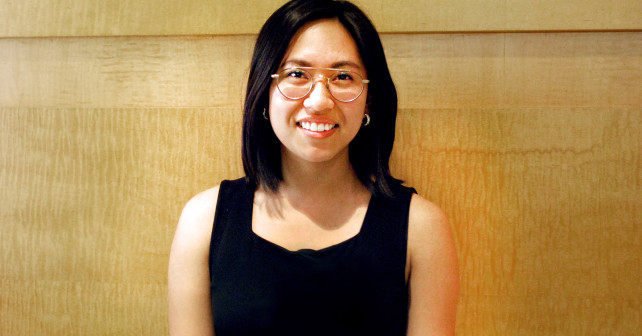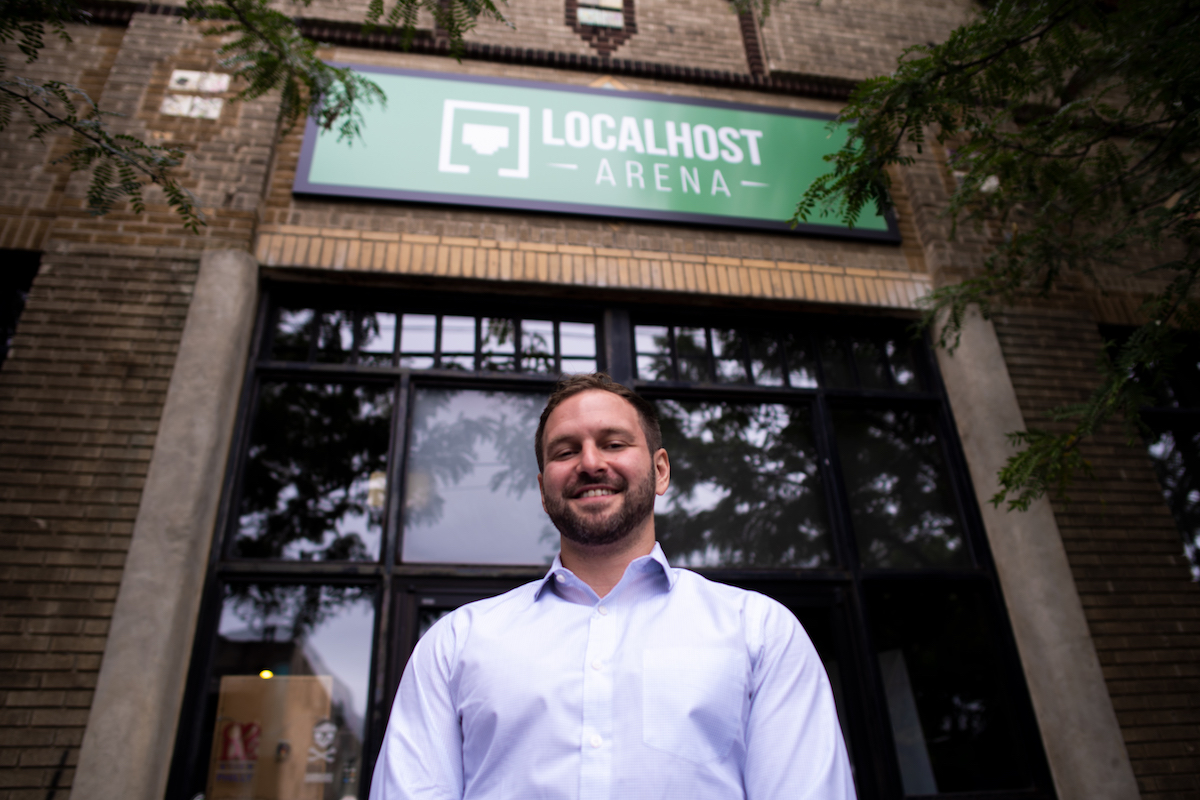Give the transit apps to the people.
That’s the idea behind Where’s My SEPTA?, a new partnership between Code for America and SEPTA that aims to share transit apps with everyone, not just the tech community that built them. The campaign not only seems to be working, but also raises an important question: how do you scale civic apps?
Initially, Where’s My SEPTA? is promoting two Regional Rail apps with ads on the Regional Rail trains: Baldwin and SEPTAlking. Baldwin, a smartphone app, was built by former Philly Code for America fellow Aaron Ogle, while SEPTAlking, a voice call and texting-based app, was built by the city’s Chief Data Officer Mark Headd (before he was Chief Data Officer). Headd has previously spoken highly of SEPTA’s open data practices.
Use the apps here: Baldwin and SEPTAlking.
The plan is to continue marketing more transit apps, said current Philly Code for America fellow Michelle Lee. She said the team will be mostly pulling from the AppsforSEPTA pool.
The numbers show that the ad campaign is working. Baldwin saw 1,000 percent growth in users in one week, Lee said, while SEPTAlking has seen more than 2,100 uses in two weeks.
The local Code for America team worked on branding and marketing the apps, and SEPTA foot the bill for printing costs and distribution, Lee said. Though Philly’s current Code for America fellowship has ended, the project will be handed over to the local brigade [read more of our coverage on the brigade here], of which Lee is a member.
The new campaign reveals an eye toward scaling civic apps, or put more simply, getting Philadelphians to use the great tools our civic hackers develop. It’s definitely not an easy job marketing a civic app once the dust settles after a hackathon and everyone goes back to their day jobs.
Success for audience size is determined by the expectations set, but whatever they may be, it’s high-profile partners that often make the difference: take the story of AdHawk, a political app developed at Random Hacks of Kindness, which the Sunlight Foundation picked up, funded and marketed. AdHawk developer Bob Lannon now works at the Sunlight Foundation in Washington, D.C.
Before you go...
To keep our site paywall-free, we’re launching a campaign to raise $25,000 by the end of the year. We believe information about entrepreneurs and tech should be accessible to everyone and your support helps make that happen, because journalism costs money.
Can we count on you? Your contribution to the Technical.ly Journalism Fund is tax-deductible.
Join our growing Slack community
Join 5,000 tech professionals and entrepreneurs in our community Slack today!



